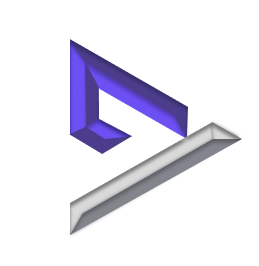

IT asset management is essential for maximizing the value of assets within an organization by ensuring proactive management throughout their limited lifespan. The typical lifecycle phases of assets include planning, procurement, deployment, maintenance, retirement, and disposal.
IT assets can be categorized into physical, software, hardware, mobile, and cloud assets, and ITAM is designed to facilitate successful deployment and ongoing support for each asset type.There are three primary types of IT
asset management, which are Software, Hardware and Cloud.
Software is managing software assets involves complexities such as compliance requirements, licensing, shadow IT, and IoT. Continuous monitoring and review
are necessary, and software assets should be adaptable to meet changing market demands and requirements. Meanwhile, Hardware plays a significant role in an organization's IT ecosystem. This includes PCs, printers,
copiers, laptops, mobile devices, servers, and any other hardware used for data management purposes. Lastly, Cloud comprises of ITAM tracking the cost and usage of cloud resources, including software as a service (SaaS),
infrastructure as a service (IaaS), and platform as a service (PaaS).
Managing cloud assets ensures cost optimization and compliance within ITAM. Hardware asset management and software asset management are both encompassed within ITAM but differ conceptually. Hardware management focuses on physical assets, while software asset management involves software installations, licenses, and cloud services.
ITOM encompasses the processes and services handled by an IT department. An effective ITOM ensures the performance, and efficiency of an organization's services.
ITSM is a strategic approach to IT management that focuses on delivering value to customers. It defines the roles and responsibilities of each individual in terms of IT services.
Elevate your customer self-service experience to new heights with the advanced features of Customer Service Management.